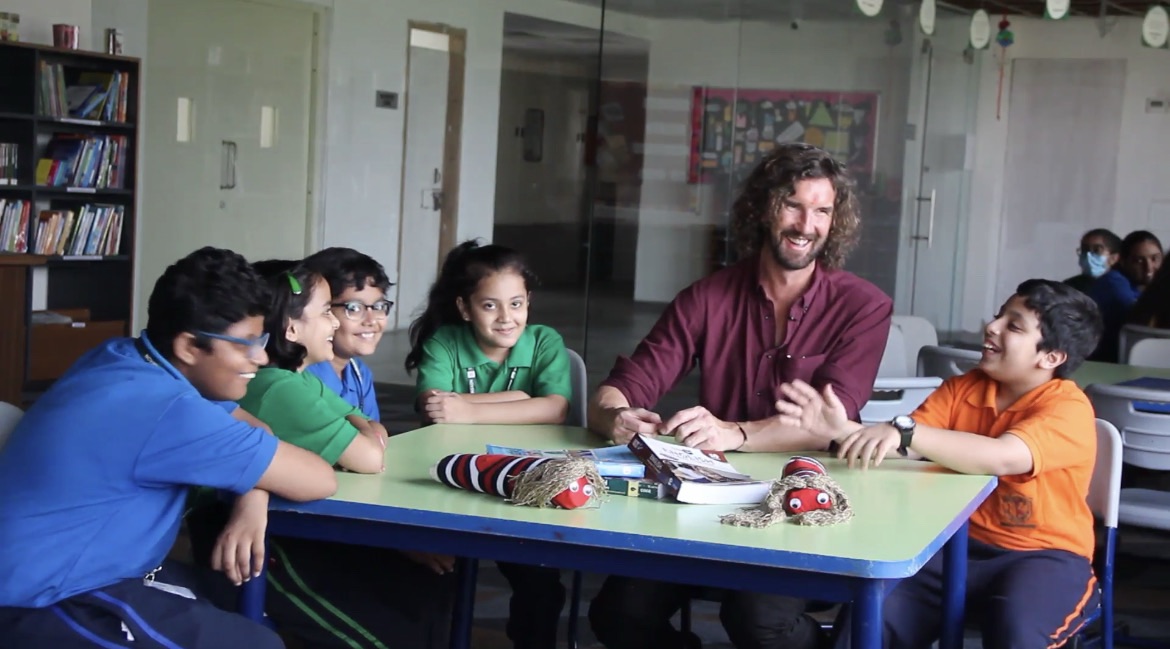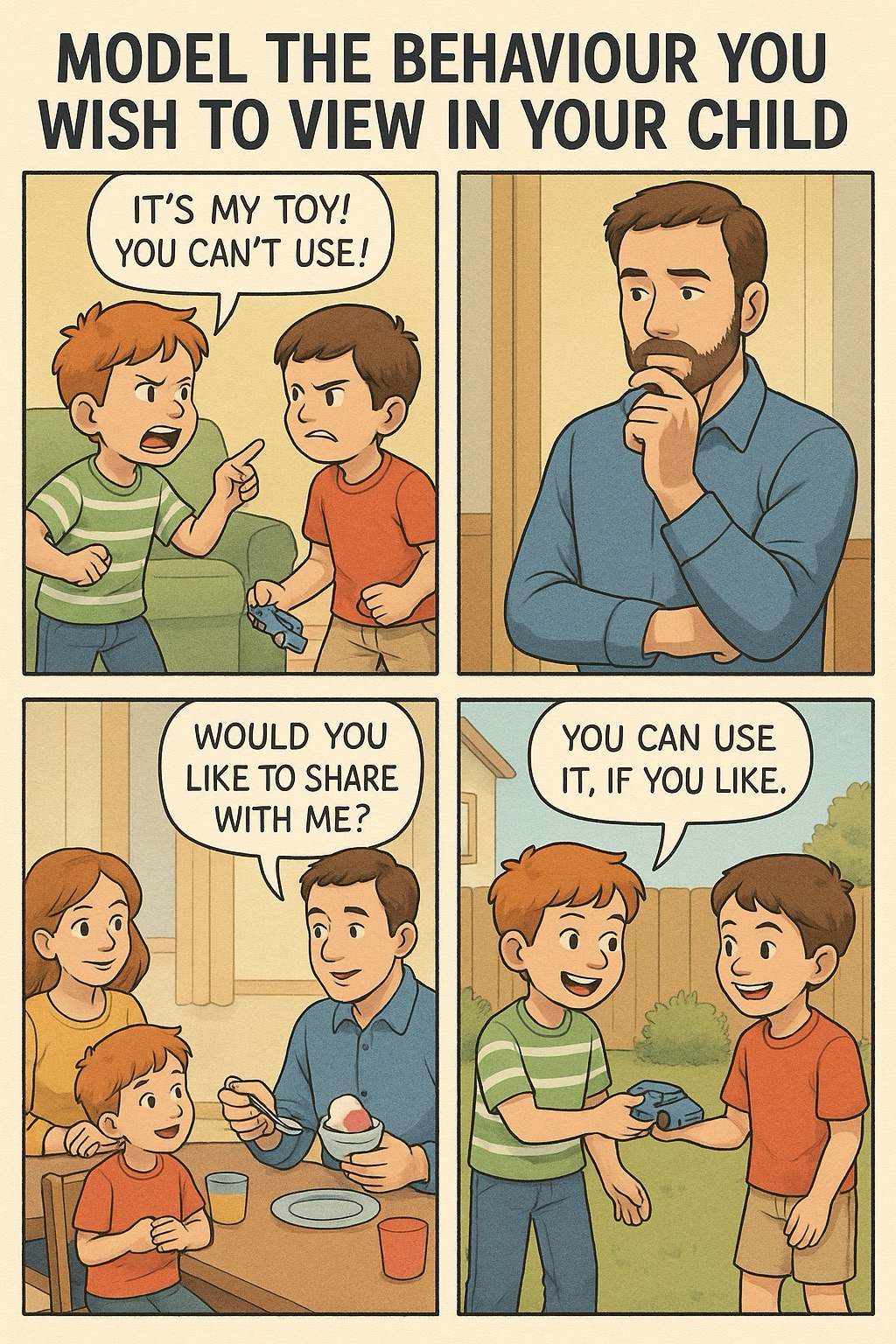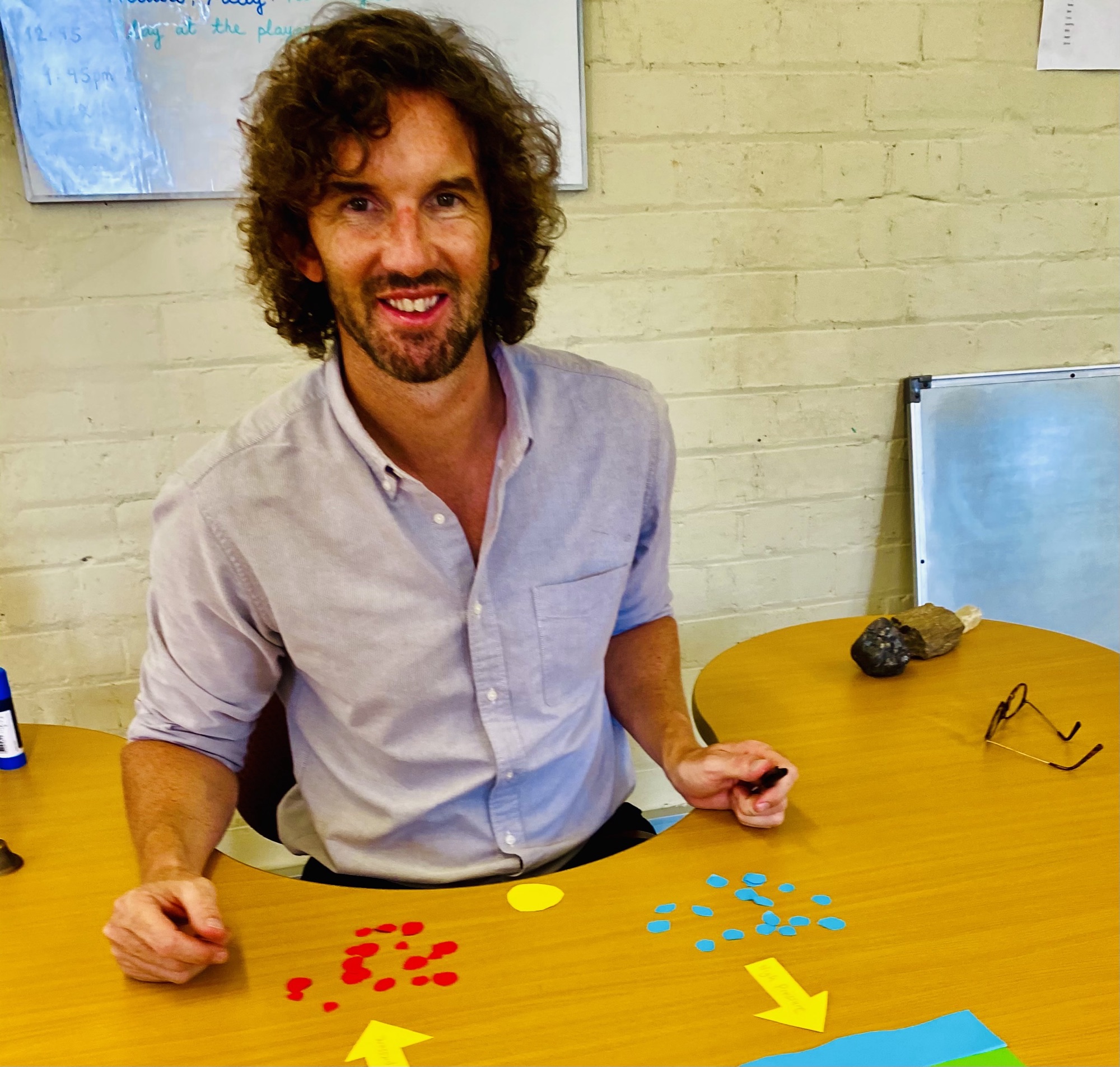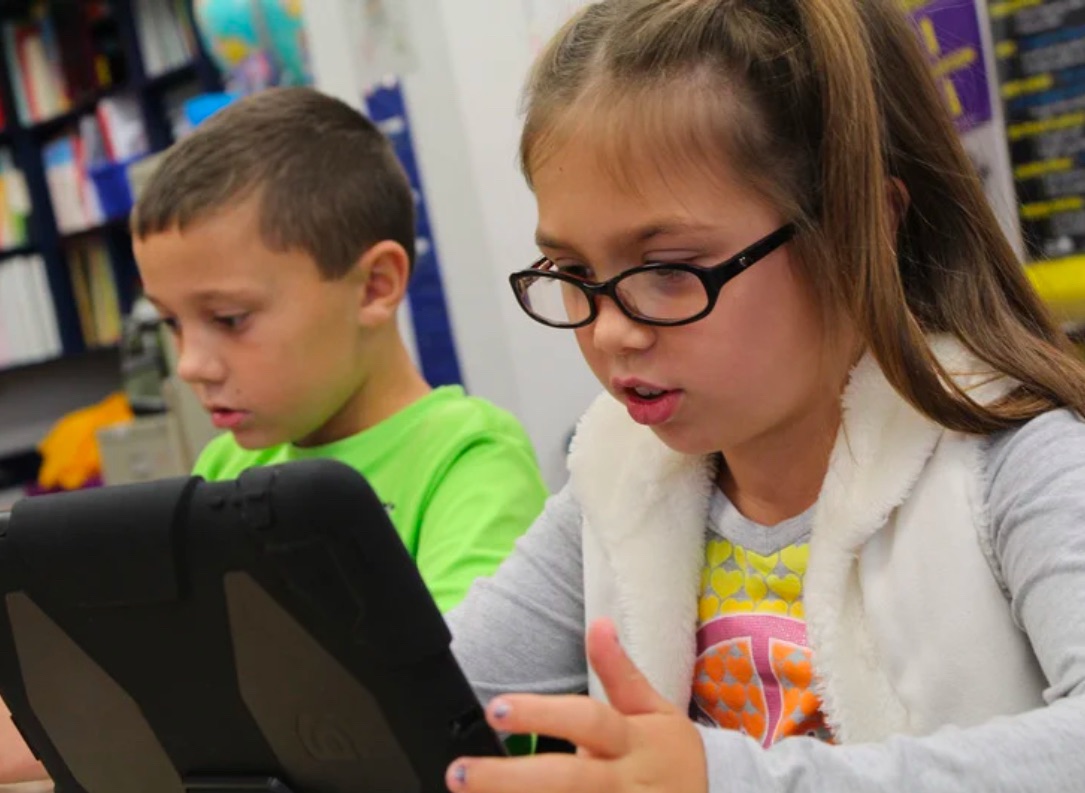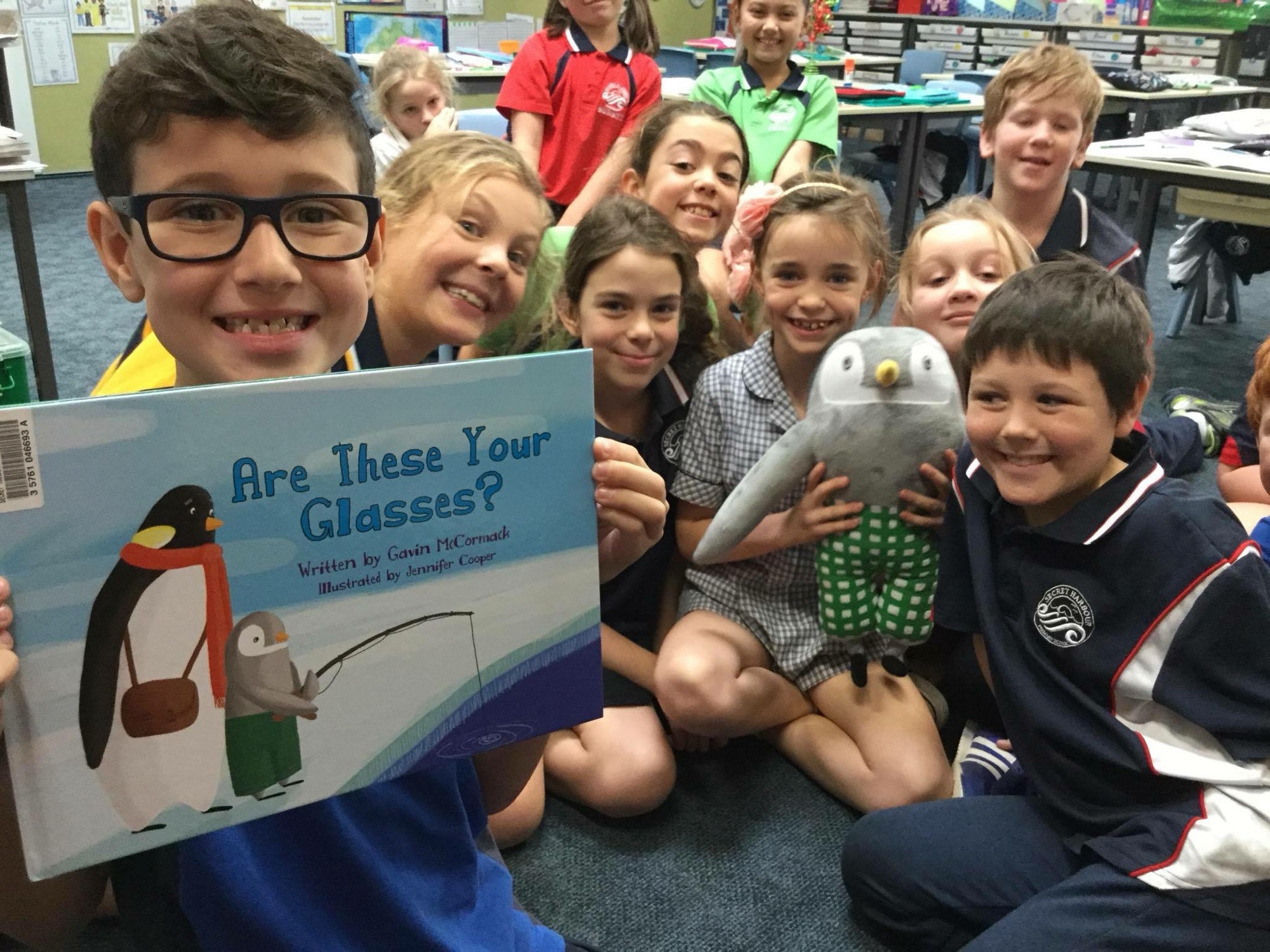Are you looking for 26 of the most important aspects of educational success in alphabetical order? Well here it is:
The A to Z guide of Educational Success.
By Gavin McCormack
A – is for Academics. Don’t focus on these as they will come naturally after you’ve read and followed the next 25 letters of the alphabet.
B – is for Bravery. Be brave enough to try new things in the classroom that may go wrong. Be brave enough to tell your students that you don’t know everything. Be brave enough to admit when you’re wrong.
C – is for Curriculum. Plan, prepare, organise and create a curriculum that indeed meets the requirements of the state, but make it exciting to YOU. If you are excited to teach it, the children will follow.
D – is for Dedication. Teaching was never about the money. It was never about getting rich. It was always about dedicating your life to the greater good. Teach with your heart, dedicate yourself to making a difference and never give up on a child that sees you as the bridge between them and the future.
E – is for Example. Model the behaviour you wish to view in your children. Be the example. If you want your children to try their best, try your best. If you want them to work with enthusiasm, be enthusiastic. You are the guide that will lead the way.
F – is for Failure. Encourage it! Make mistakes. From mistakes come great discoveries and revelations. Inform your class that mistakes are ok, they’re great, they’re fantastic. If we never put our hand in a flame, how would we know it was hot?

G – is for Grades. Avoid them. Can you really represent all your children witj a single letter? No!! Each of your class is so finely tuned, so unique, so remarkable. To sum them up with a letter is ridiculous. Observe them, talk to them, understand them and then assess them for who they are and where they are on their individual learning journey.
H – is for Help. Provide help to your students very carefully. Help does not mean to give a clue or to tell them the answer. Help should be given as another way of looking at the problem. 5×6 may be difficult for the child who cannot count in sixes, but what happens if I turn the equation upside down? Oh you’ve got it, 6×5 is 30, could we use this technique for other calculations. “Help the child to do it themselves.”
I – is for Intuition. When a child is dropped off at school, you look in their eyes, their posture and their body language and you know how they’re feeling. Listen to your gut. Use your intuition. You’re probably right. Make your children feel safe and secure at school, for you might be the only constant he/she has got.
J – is for Justice. Children have a great sense of justice. Morals and equality are important to children. If there are rules then everyone must follow them, including you. If you set boundaries, keep them clear and keep your children well informed. The faintest sign of unjust behaviour in the child’s life, can be the biggest upset for any learning environment.
K – is for Knowledge. Allow your children to seek knowledge. Give them options to find this knowledge, but understand that you are not the oracle. Yes you can inspire them, but allow them to find out what matters to them in a way that they enjoy. Yes knowledge is power, but being able to source it yourself is simply superhuman.
L – is for Learning. Understanding how your children learn is your first job. If you observe the ways in which your students learn best, then you can then plan appropriate lessons that meet the needs of the individuals in your class. Are they, independent, parallel, cooperative or collaborative learners? Observe, observe, observe.
M – is for Mathematics. Yes, we know it’s important but don’t forget it can be basically linked to every subject under the sun. For we are human beings afterall and everything around us can be related to maths. From the rhythm of our heart, the speed of light, the molecular structure of our cells, to our DNA. Everything is linked to maths and if you teach it with holistic approach, you will develop young citizens of the world who can make connections between everything around them.
N – is for Nature. Nature is a free resource to aid your teaching. It’s everywhere and it has the answers to so many questions. Collect leaves, draw a stream or go on a nature hunt, but remember that the environment is our friend and as well as saving it, we can also use it to give our students a deeper understanding of its importance in our survival.
O – is for opportunity. We know there’s a set curriculum. We understand that the state government expects you to teach this particular item in week 4 of term 2, but don’t miss an opportunity because of your fear to diversify. You’re a professional, you can bend those outcomes to meet your current circumstances. I mean it’s a super moon tomorrow and the whole world is talking about, it but oh no! It’s not in your syllabus. Think creatively, make Cross custticular links and seize the opppotunity to inspire your students while the fire is still hot.

P – is for Positivity. A single teacher has the power to change the reputation, the feeling and the motivation of an entire school by spreading positivity. Greet the children with a smile, applaud their efforts, and send them home with a positive comment that will allow them to ride the wave of positivity, all the way back to school in the morning.
Q – is for Questioning. When you’ve finished delivering your inspirational lesson on dinasaurs or volcanoes, ask the children the most important question of all “Now you’ve heard what I know about dinosaurs, what would you like to know?” Write their questions down and this will make the framework for their independent learning objectives that the whole world is talking about.
R – is for Resilience. It’s not easy to teach resilience and many of us as adults don’t have it, but if you can allow your children to feel confident in being themselves, allow them to comfortably make mistakes, accept others and show compassion for the world and it’s inhabitants, then resilence will follow. “The world is not always a nice place, but if we can teach our children to stand tall, stick out their chest, dust off their knees and get back up in the face of adversity, then we are over half way there!”
S – is for sustainability. We are nothing without our beloved planet. We certainly can’t eat, drink or breathe money and it is your job as a teacher to expose your students to the importance of a sustainable lifestyle. Include nature in your lessons, discuss recycling in your classroom and stress more than anything, the need for a healthy planet. For without this big blue ball, we literally have no home.
T – is for toilets. Forget going to the toilet. By the time you’ve been teaching 20 years your bladder will be so strong you will only visit the bathroom once per week.
U – is for Underdog. Find him or her in your class. The lonely child on the playground, the child with holes in his shoes, wonky glasses and dirty fingernails and make them a hero. Empower them, make them shine, rise from the ashes and be the greatest version of themselves they can be. For these are the children upon which you will have the most impact. These are the children you’ll will never forget and they certainly won’t forget you.

V – is for Variety. Your classroom needs to meet everyone’s needs and the only way to do that is by offering a variety of different aspects to the way you teach and the children learn. Here are a few to consider: VOICE – there should be noise in every classroom. Voices of discussion, cooperation, collaboration, debate and problem solving. CHOICE – Can your children make decisions for themselves? Where to sit, who to work with and what to learn? REFLECTION – Is there designated time for reflection in the classroom? How did I do today? What can I do better tomorrow? CRITICAL THINKING – Can the children solve real life problems? Make it real. INNOVATION – Do your children have the opportunity to use their own ideas? “Model what you would do and and ask them to decide how they will paint their picture!” SELF ASSESSMENT – Does your timetable allow children to regulate their own learning journey? “I tried my best today in English but tomorrow I will work harder on mathematics!” CONNECTED LEARNING – Do your lessons span the curriculum? If you’re learning about polygons, how did the Romans use them in their buildings?
W – is for Work. Remember that the use of the word work can be very misleading. What may be work for you might not be work for a child. Cleaning the floor with a broom is work for you or I, but have you ever seen a child with a broom? It certainly isn’t work for them. Be careful of using the terms “Finish your work? Get on with your work, and that’s lovely work.” It’s not always work, in fact it should never actually be work. Use terms like research, follow-up, project or resource. Avoid work at all costs.
X – is for Xylophone. Simply because it’s a great word. It also stresses the complexity of the English language and the need for phonetic awarenesss compared to the direct teaching of spelling rules.
Y – is for Yes. Be a teacher that says “Yes” Can I work alone? Can I build a model instead of writing a report? Can I collect some leaves from the garden? Can I start my own running club? Can I help you? Yes, Yes, Yes, Yes you can!
Z – is for zzzzzzzzzzz. Get enough sleep. We know you have books to mark, reports to write and laminating to do. But if you’re not well rested, how is anyone supposed to have fun at school tomorrow!
I hope this helps you get through the year ahead and please feel free to share it.
You can find more resources like this at https://gavinmccormack.com.au




